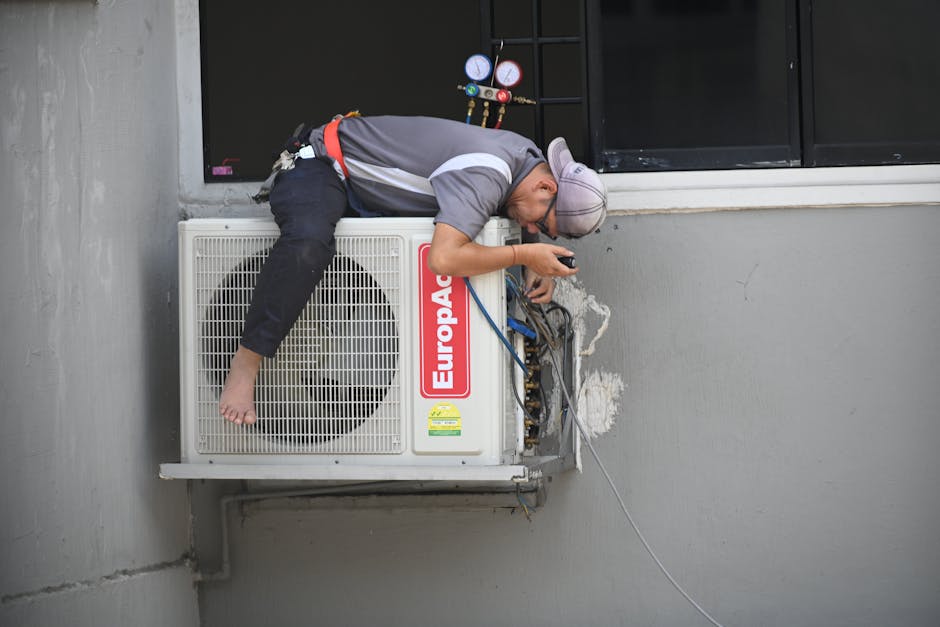HVAC Technician Recruitment Guide
Understanding HVAC Technician Recruitment
Recruiting HVAC technicians in the GCC is uniquely complex. The extreme climate creates year-round demand for cooling systems. Consequently, the market for skilled professionals is highly competitive. Companies must understand regional labor laws. These are outlined by the UAE government employment regulations. Additionally, cultural and language differences add another layer. Understanding these factors is the first step toward successful hiring.
HVAC Technician Recruitment Benefits
Effective recruitment offers immense advantages. Firstly, it ensures operational continuity and high-quality service. Secondly, it reduces costly downtime and emergency repairs. Moreover, a skilled team enhances company reputation and client trust. This leads to more business and higher profitability. Strategic hiring is an investment, not an expense. It directly impacts the bottom line positively.
How HVAC Technician Recruitment Works
The recruitment process involves several key stages. First, companies must identify their specific technical needs. Next, they craft compelling job descriptions to attract talent. Then, they utilize multiple sourcing channels. These include online job portals and technical institutes. Screening involves practical assessments of technical skills. Finally, a structured interview and onboarding process seals the deal.
Best HVAC Technician Recruitment Practices
Adopting industry best practices is crucial for success. Develop clear, detailed job descriptions with specific skill requirements. Offer competitive compensation and benefits packages. These should align with International Labour Organization guidelines. Furthermore, build relationships with local technical training centers. Implement a rigorous but fair practical skills test during interviews. This ensures you hire competent technicians.
HVAC Technician Recruitment Implementation
Implementing a successful strategy requires careful planning. Start by auditing your current workforce and identifying skill gaps. Next, develop a recruitment calendar aligned with project timelines. Utilize digital platforms and professional networks for wider reach. Partner with a specialized agency like Allianze HR for access to pre-vetted talent. Our professional resources can streamline this entire process for you.
Advanced HVAC Technician Recruitment Strategies
Go beyond traditional job postings. Develop an apprenticeship program to groom new talent. Utilize employee referral programs to leverage your current team’s network. Additionally, consider recruiting from countries with strong technical education systems. Always ensure compliance with international standards from the World Health Organization workplace standards. These advanced tactics create a sustainable talent pipeline.
HVAC Technician Recruitment Success Tips
Focus on selling your company’s vision and culture. Technicians seek stable employers with growth opportunities. Highlight projects and technologies they will work with. Moreover, streamline the application process to avoid losing candidates. Provide timely feedback and communicate clearly throughout. Finally, invest in continuous training and development. This retains top talent and reduces future recruitment needs.
Future of HVAC Technician Recruitment
The future will be shaped by technology and sustainability. Smart building systems and green technology require new skills. Recruitment must adapt to find technicians with IoT and automation knowledge. Furthermore, economic factors reported by the World Bank economic reports will influence labor mobility. Companies must future-proof their recruitment strategies. Embracing innovation in hiring will be key to staying ahead.
Frequently Asked Questions
What are the biggest challenges in HVAC technician recruitment in the GCC?
The extreme climate creates high demand, leading to intense competition for a limited pool of skilled technicians. Additionally, navigating regional labor laws and visa sponsorship can be complex hurdles for companies.
Which certifications are most important for HVAC technicians in the GCC?
Certifications like CAR (Certified Air Conditioning & Refrigeration) and EPA 608 are highly valued. Additionally, familiarity with specific brand certifications from manufacturers like Daikin or Trane is a significant advantage.
How can I make my job offer more attractive to top HVAC talent?
Beyond competitive salary, offer benefits like housing allowances, health insurance, annual flight tickets, and end-of-service benefits. Clear paths for career progression and technical training are also powerful incentives.
Is it better to recruit locally or from abroad for HVAC roles?
A blended strategy is often best. Local recruits understand the regional market. However, international recruitment can tap into specialized skills. Always ensure compliance with U.S. Department of Commerce trade information and local nationalization policies.
What should be included in a technical assessment for an HVAC technician?
Assess practical skills like troubleshooting electrical circuits, refrigerant charging, and reading schematics. Include questions on safety protocols and knowledge of common HVAC systems used in the GCC’s harsh environment.
How can I improve retention after successful HVAC technician recruitment?
Create a positive work culture with recognition programs. Provide ongoing training on new technologies. Offer clear career ladders to senior technician, supervisor, or manager roles. Competitive compensation and work-life balance are also crucial.
Conclusion
Mastering HVAC technician recruitment is essential for any successful GCC-based business. This guide provides a roadmap to navigate this complex landscape. By implementing these strategies, you can build a reliable, skilled team. However, the process demands expertise and time. Therefore, consider partnering with specialists. For a tailored strategy, seek an expert consultation. Alternatively, schedule appointment today to secure your competitive advantage. Build the workforce that powers your growth.




